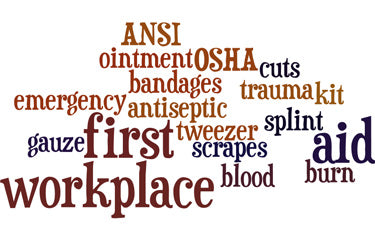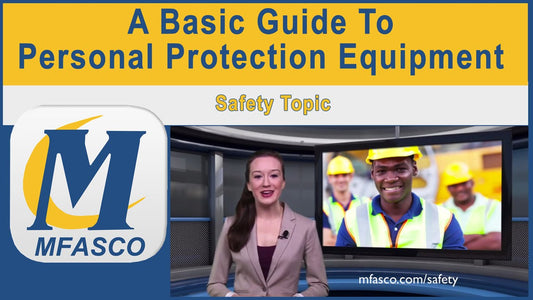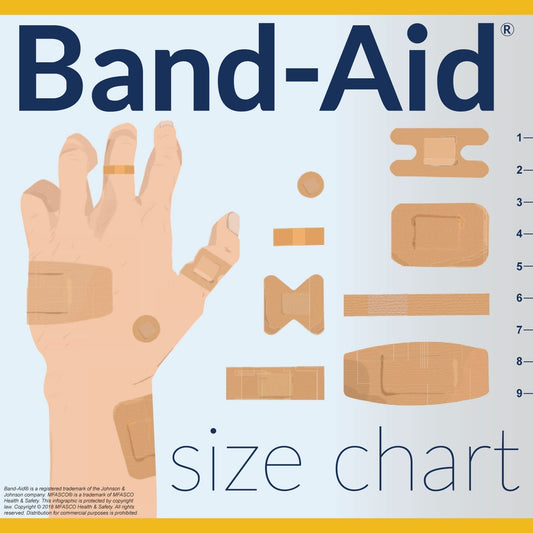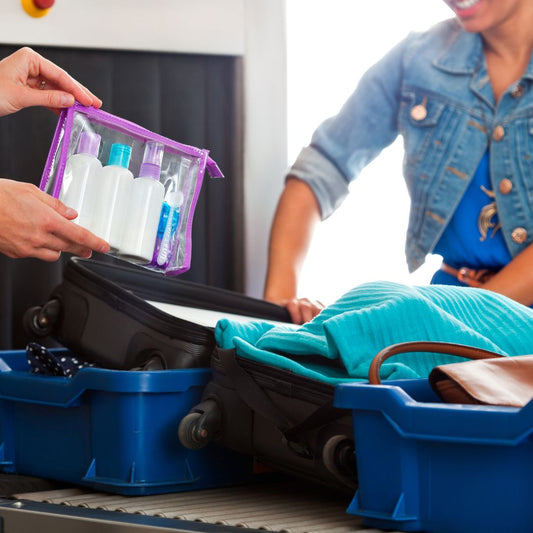What is Noise Induced Hearing Loss?
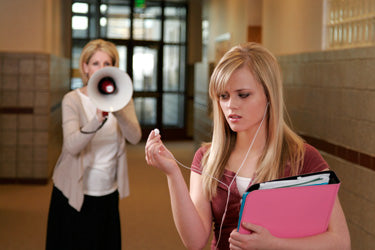
Noise-induced hearing loss (NIHL) can happen to anyone, especially those who work in noisy environments. Our parents and grandparents all seemed to wear hearing aids and in some cases, it could have been preventable. As defined by the National Institute of Deafness and Other Communication Disorders, Noise-induced hearing loss is "everyday sound in our environment....when they are too loud, even for a brief time, or when they are both loud and long-lasting. These sounds can damage sensitive structures in the inner ear and cause noise-induced hearing loss (NIHL)." What is most surprising is the fact that this type of hearing loss is 100% preventable. Whether you work in a loud factory or are working in the yard, exposure to loud noise can damage your hearing. Take a look at the 4 examples of loud noise that could permanently damage your hearing and discover what steps you can take to prevent this from occurring.
Working in Construction
I use this example because there is a wide variety of noise types. Nail guns, hammers, saws, machinery, and metalworking are all found on a construction site. Many of these noises are "impulse" sounds. While they are generally short bursts of loud noise, over time these can damage your hearing. A jackhammer produces 130dB of noise. While sounds under 75 dB over a long period of time are unlikely to cause hearing loss, noise over 85dB can if exposed over longer periods of time. OSHA mandates that hearing protection is mandatory for workers who are in a noisy environment of 85Db over an 8-hour period.
Recreation
You don't have to be a construction or factory worker to be exposed to "impulse" noise. Some recreational activities like hunting, live concerts, motorsports, and even snowmobiling can be just as hazardous. Guns create about 120 dB of noise. Motorcycles can be loud, rated in some cases 90 dB or more. Most of the time, we don't consider hearing protection for activities like these and that is why we mention them here. We want you to know that noise-induced hearing loss happens with these types of exposures and it is preventable.
Personal Media Devices Our generation relies on our smartphones and tablets for information social engagement and entertainment. We watch videos on YouTube, movies on Netflix, and music on iTunes. We generally use earbuds or headphones to listen and surprisingly, we listen at a much louder level than we realize. We have been using The American Speech-Language-Hearing Association statistics for noise in this article and they tell us that our personal media devices can produce 110 dB of noise when played at high volumes.
Here are a few other examples of noise levels produced by everyday occurrences:
Painful
150 dB = fireworks at 3 feet
140 dB = firearms, jet engine
130 dB = jackhammer
120 dB = jet plane takeoff, siren
Extremely Loud
110 dB = maximum output of some MP3 players, model airplane, chain saw
106 dB = gas lawn mower, snowblower
100 dB = hand drill, pneumatic drill
90 dB = subway, passing motorcycle Very Loud
80–90 dB = blow-dryer, kitchen blender, food processor
70 dB = busy traffic, vacuum cleaner, alarm clock
Moderate
60 dB = typical conversation, dishwasher, clothes dryer
50 dB = moderate rainfall
40 dB = quiet room Faint
30 dB = whisper, quiet library
What should we do to prevent noise-induced hearing loss (NIHL)?
1. Try to avoid these noises
This may be almost impossible but we are aware of the environment and how loud it is. If you have to raise your voice for someone to hear you then that is a good indicator that you should be aware of the potential damage to your hearing.
2. reduce noise at the source
While some activities can't be quieted on their own (like hunting or motorcycle riding), volume levels for our personal media devices can. Set your volume just loud enough to comfortably hear.
3. Wear hearing protection
When all else fails, hearing protector devices like plugs and muffs can save your hearing. Be sure to keep hearing protectors with you when you anticipate being exposed to loud noises.
You may not experience the immediate effects of protecting your hearing but when you get older, you will have a better chance of having healthy hearing.
Hearing Loss Prevention Products & Accessories
Hearing Loss Prevention Products
Disposable Foam Ear Plug Products
Ear Muff Products
Additional Resources for Hearing Loss Prevention
What Causes Hearing Loss?
How To Select & Care for Hearing Protection
4 Ways To Protect Your Hearing in a Workplace Setting
Contributing Expert

Mike Brinker
Mike Brinker has been working in the first aid industry for over 35 years. He has worked with thousands of businesses,groups, and organizations to provide a healthy and safe work environment. Mike helped create “Make-A-Kit”, the internet's only online first aid kit creation tool. He has also authored many helpful first-aid and safety-related resource articles found at the MFASCO Learning Center.





